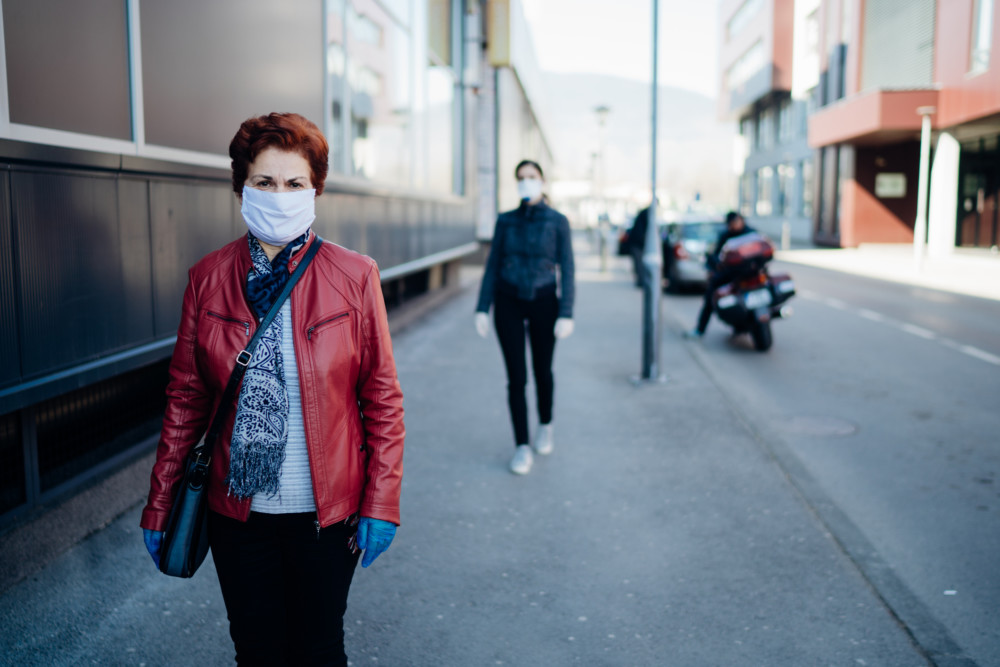From Mayo Clinic News Network
Mayo Clinic News Network
WWR Article Summary (tl;dr) The theory behind contact tracing is to identify the people a Covid_19 diagnosed individual has had recent contact with. The hope is that the sooner health officials can alert close contacts, the lower the risk of spread.
Mayo Clinic
Question: I’ve heard about contact tracing being done during the COVID-19 pandemic. What is it and how does it work?
Answer: Contact tracing is a tool that can help slow the spread of infectious diseases, such as coronavirus disease 2019 (COVID-19).
In communities using contact tracing, clinics, labs and hospitals send the names of people who have recently been diagnosed with COVID-19 to their local health department.
The health department asks each person with COVID-19 about people with whom they’ve recently had close contact. Health department officials then quickly (usually within 24 hours) alert people who are close contacts that they may have been exposed to the COVID-19 virus. Officials don’t share the name of the person who may have exposed them. This makes the contact tracing process anonymous and confidential.
The sooner health officials can alert close contacts, the lower the risk of the COVID-19 virus spreading further. But not all health departments have enough staff to do contact tracing. Some areas are researching and experimenting with contact tracing apps that can be used. They also research how they can maintain and protect the privacy of individuals who use the apps. The hope is these apps can make it faster and easier to find and notify people who’ve been exposed to the COVID-19 virus.
For COVID-19 contact tracing, a close contact is someone who’s been within 6 feet (2 meters) of a person with COVID-19 for 15 minutes or more within two days of the person’s diagnosis. Close contacts can include family, friends, co-workers and health care providers.
The health department evaluates close contacts and asks them about symptoms. Health department staff members request that close contacts be tested for the virus that causes COVID-19. They generally give close contacts several instructions. These steps can help close contacts reduce the risk of unknowingly spreading the COVID-19 virus to others.
For close contacts who don’t have symptoms and can’t be tested, or they test negative for the COVID-19 virus, doctors and the health department may:
Ask them to self-quarantine at home for 14 days after they were exposed.
Request that they keep social distance from others.
buy levitra generic buy levitra online no prescription
They may be asked to isolate themselves from family and pets, and use a separate bedroom and bathroom.
Request that they monitor their health and watch for any COVID-19 symptoms.
Ask them to check their temperature twice a day.
Ask them to let their doctor and health department know right away if they develop any symptoms.
Request that they send doctors and the health department daily health updates.
For close contacts who have symptoms and can’t be tested, test positive for the COVID-19 virus, or develop symptoms, doctors and the health department may:
Ask them to self-isolate and recover at home if illness is mild. People with symptoms will likely be asked to isolate themselves from family and pets and use a separate bedroom and bathroom.
Ask them to seek medical care if they have any emergency warning signs, such as trouble breathing or persistent chest pain.
Give them specific instructions to monitor their symptoms and avoid spreading the COVID-19 virus to others.
Until a vaccine is available, communities will need to use other ways to reduce the spread of the COVID-19 virus. Contact tracing can be a powerful tool to help reduce the spread of the COVID-19 virus and help control the COVID-19 outbreak.
___
This article is written by Mayo Clinic Staff. Find more health and medical information on mayoclinic.org.
___
Distributed by Tribune Content Agency, LLC.














































































































































































































































































































































































